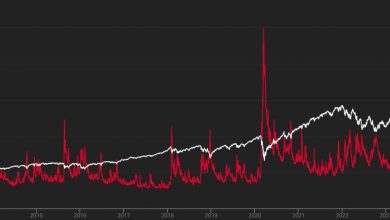Navigating the Bond Market: Strategies for Fixed-Income Investors

Navigating the Bond Market: Strategies for Fixed-Income Investors
Understanding the Bond Market
What are bonds?
Bonds are fixed-income securities that represent a debt obligation issued by a government, municipality, or corporation. When you invest in bonds, you are essentially lending money to the issuer in exchange for periodic interest payments and the return of principal at maturity.
Why should investors consider bonds?
Investing in bonds can provide stability and income to a well-diversified investment portfolio. Bonds are generally considered less volatile than stocks, and they can provide a steady stream of income through interest payments.
Strategies for Fixed-Income Investors
Diversification
Diversification is key when it comes to bond investing. Rather than putting all your money into a single bond, consider spreading out your investments across various issuers, sectors, and maturities. This approach helps reduce the risk of default and minimizes the impact of market fluctuations.
Assessing Risk and Return
Fixed-income investors should carefully analyze the risk and return characteristics of different bonds before investing. Low-risk bonds, such as government bonds, offer lower interest rates but are considered safer investments. Higher-risk bonds, such as corporate bonds or high-yield bonds, offer higher yields but come with a higher risk of default.
Interest Rate Considerations
Bond prices are inversely related to interest rates. When interest rates rise, bond prices tend to fall, and vice versa. As a fixed-income investor, it’s crucial to monitor interest rate movements and adjust your portfolio accordingly. You may consider investing in bonds with shorter maturities to minimize the impact of rising interest rates.
Frequently Asked Questions
1. Are bonds a safe investment?
While bonds are generally considered safer than stocks, they still carry risks. The risk of default varies depending on the issuer and the creditworthiness of the bond. It’s essential to conduct thorough research and diversify your bond investments to manage risk effectively.
2. How often do bondholders receive interest payments?
Interest payments on bonds are typically made semi-annually or annually. However, some bonds may offer monthly or quarterly payments. It’s essential to review the bond’s prospectus or consult with your financial advisor to determine the payment frequency.
3. Can bond prices go up?
Yes, bond prices can go up or down depending on various factors such as interest rates, credit ratings, and market conditions. When interest rates decrease or the credit worthiness of the bond improves, bond prices tend to rise.
4. Should I invest in individual bonds or bond funds?
Both individual bonds and bond funds have their advantages and disadvantages. Investing in individual bonds allows for more control over maturity dates and interest payments. Bond funds, on the other hand, offer instant diversification and professional management. Consider your investment goals, risk tolerance, and time commitment before making a decision.
In conclusion, navigating the bond market requires understanding the fundamentals of bonds, diversifying your investments, assessing risk and return, and considering interest rate movements. By following these strategies and staying informed about the bond market, fixed-income investors can make informed investment decisions and build a well-balanced portfolio.
Note: Remember to conduct your own research or seek advice from a financial advisor before making any investment decisions.



